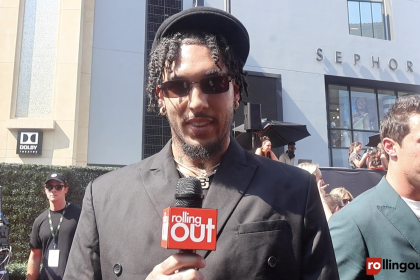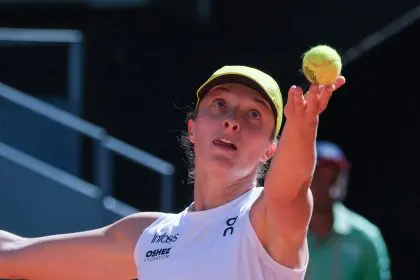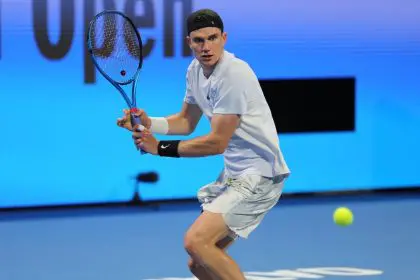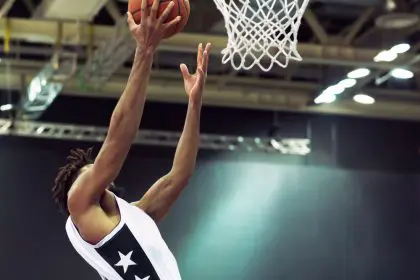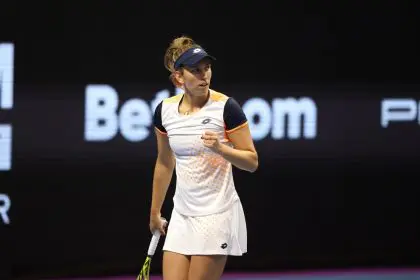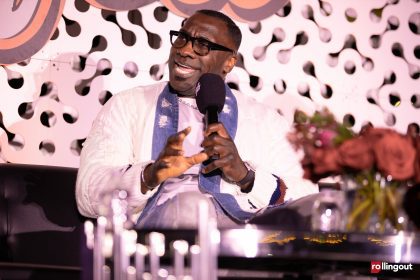Youth sports have transformed from fun recreational activities into year-round, high-pressure training programs that push children beyond their physical and emotional limits. What should be building confidence, teamwork skills, and lifelong fitness habits is instead creating burned-out kids who quit sports entirely by high school, often carrying negative associations with physical activity into adulthood.
The rise of travel teams, specialized training, and college scholarship dreams has created an environment where children as young as 8 years old face adult-level pressure and expectations. Understanding the warning signs of sports burnout and implementing prevention strategies protects both athletic development and overall child wellbeing.
Early specialization creates physical and mental overload
Many young athletes are pushed into single-sport focus before their bodies and minds are ready for intense specialization, missing the benefits of diverse movement patterns and varied skill development that come from playing multiple sports. This early specialization increases injury risk while limiting overall athletic development.
Year-round training in one sport creates repetitive stress on developing bodies that haven’t finished growing, leading to overuse injuries that can affect children for life. Growth plates, tendons, and joints need variety and rest periods that specialized training often doesn’t provide.
Mental burnout accelerates when children spend all their athletic energy on one activity, losing the excitement and curiosity that comes from learning new sports and skills. The narrow focus can turn natural playfulness into grinding repetition that feels more like work than fun.
Social development suffers when children only interact with teammates from one sport, missing opportunities to build friendships and social skills through diverse activities and peer groups that broader athletic participation provides.
Adult pressure overwhelms intrinsic motivation
Parents and coaches often project their own athletic dreams and frustrations onto young athletes, creating pressure that transforms play into performance anxiety. Children become more focused on pleasing adults than enjoying movement and competition for their own satisfaction.
College scholarship pressure starts unrealistically early, with parents investing thousands of dollars in specialized training for elementary-age children based on statistically impossible odds of earning athletic scholarships. This financial and emotional investment creates pressure that few children can handle healthily.
Win-at-all-costs coaching philosophies teach children that their worth depends on results rather than effort, growth, and enjoyment. This external validation focus can destroy the internal motivation that sustains long-term athletic participation and personal development.
Social media amplifies pressure by creating platforms where young athletes’ performances are constantly documented, compared, and judged by audiences that extend far beyond their immediate community, adding layers of stress that previous generations never experienced.
Physical symptoms signal developing problems
Chronic fatigue that doesn’t improve with rest often indicates that young athletes are training beyond their recovery capacity, leading to decreased performance and increased injury risk. Children should feel energized by sports participation, not constantly exhausted.
Frequent injuries, illnesses, or complaints of persistent aches and pains suggest that training loads exceed what developing bodies can handle safely. Young athletes’ immune systems can become compromised by excessive training stress.
Sleep problems, appetite changes, or mood swings around sports activities indicate that athletic participation is creating stress rather than positive outlet for energy and emotions. Sports should improve rather than disrupt healthy childhood development patterns.
Loss of interest in activities outside of sports or declining academic performance can signal that athletic commitments are consuming too much time and mental energy, preventing normal childhood development and exploration.
Emotional warning signs require immediate attention
Anxiety about practices, games, or athletic performance that interferes with daily life indicates unhealthy pressure levels that can damage both athletic development and mental health. Sports should build rather than undermine confidence and emotional regulation skills.
Perfectionist behaviors, fear of making mistakes, or excessive self-criticism suggest that children are internalizing unrealistic expectations that prevent them from enjoying learning and improvement processes that make sports rewarding.
Social withdrawal from non-athletic friends and activities often occurs when sports become all-consuming, limiting children’s identity development and social skills beyond their athletic roles.
Expressing desire to quit sports entirely, especially activities they previously enjoyed, signals serious burnout that requires immediate intervention and potentially extended breaks from competitive athletics.
Prevention strategies protect long-term development
Encourage multi-sport participation through middle school to develop diverse skills, prevent overuse injuries, and maintain athletic enjoyment through variety. Specialization can happen gradually in high school when bodies and minds are better prepared for intense focus.
Prioritize fun, skill development, and personal improvement over winning, rankings, and comparisons to other athletes. Celebrate effort, growth, and sportsmanship rather than just results and achievements.
Ensure adequate rest and recovery time including off-seasons where children can pursue other interests and allow their bodies to recover from training stress. Growing bodies need more recovery time than adult athletes.
Model healthy attitudes about sports by focusing discussions on enjoyment, learning, and character development rather than scholarships, rankings, or comparisons to other families’ athletic investments and achievements.
Monitor training loads and be willing to reduce activities if children show signs of physical or emotional stress, even if it means missing some opportunities or disappointing coaches who prioritize team success over individual athlete wellbeing.



